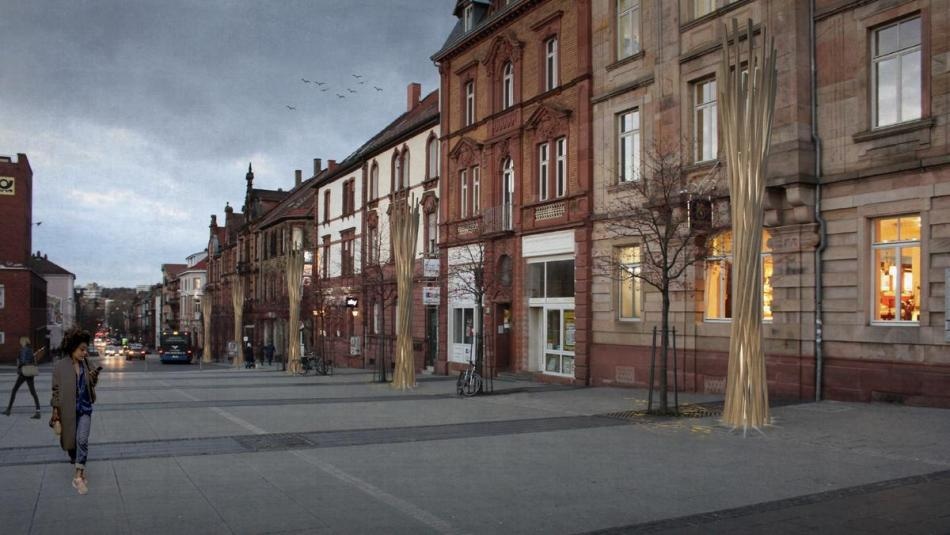May 21 2019
The new 5G radio standard is proposed to make communication and data transmission significantly faster and more efficient. For this to be conceivable, a good number of transmission masts are required. In a seminar conducted at the Department of Architecture at Technische Universität Kaiserslautern (TUK), participants talked about the possible design of these masts. For their models, the students have chosen the eco-friendly material wood. The best designs are presently being created. Over the following few weeks, the plan is to install them as part of a pilot project in Kaiserslautern.
 In a seminar held in the Department of Architecture at Technische Universität Kaiserslautern, participants discussed the possible design of 5G transmission masts. (Image credit: AG Robeller/TUK)
In a seminar held in the Department of Architecture at Technische Universität Kaiserslautern, participants discussed the possible design of 5G transmission masts. (Image credit: AG Robeller/TUK)
5G transmission masts have to be spread around the entire area so as to guarantee consistent data transmission. So as to not adversely impact the cityscape, soon-to-be architects have discussed this topic in a seminar.
They had the opportunity to imagine what the streets of the future will look like. They designed their models of an environmentally friendly 5G base station out of wood.
Christopher Robeller, Junior Professor and Head of Digital Timber Construction Working Group, TUK
The Finnish company Ecotelligent Ltd. is also involved in the project and has expertise in the development and construction of eco-friendly wooden telecommunication masts and systems. "All of the students' designs were excellent," Robeller continued. "Yet we had to choose the three best designs."
The Finnish company is presently developing these designs to the next level. These so-called smart masts will then be set up as part of a pilot phase in Kaiserslautern. Therefore, the team around Robeller and Ecotelligent partners with KL.digital GmbH, an IT company located in Kaiserslautern. This summer, citizens will be asked to pick the ideal model. If the masts match expectations, it is possible to employ them in other cities around the world in the future.
Cities still have to find out how to incorporate environmental impact and urban aesthetics.
Christopher Robeller, Junior Professor and Head of Digital Timber Construction Working Group, TUK
Wood turns out to be a perfect material in this respect. The students have taken this into consideration while designing. The technology is concealed, and simultaneously the city's aesthetic image is also covered. These smart masts can be used at a number of locations, for instance, at intersections. Here, they can also integrate extra sensors for intelligent traffic control.
Compared to steel masts, wood offers a better advantage; the production procedure creates little or no CO2. In the following step, it would also be conceivable to dispense with steel connectors such as screws and nails for complex structures wherein the masts could also be fixed. How this can be assured is presently being explored by the team around the architect from Kaiserslautern. Automatic carpentry machines may be used in this regard, which can effortlessly process the wood based on the equivalent software specifications.